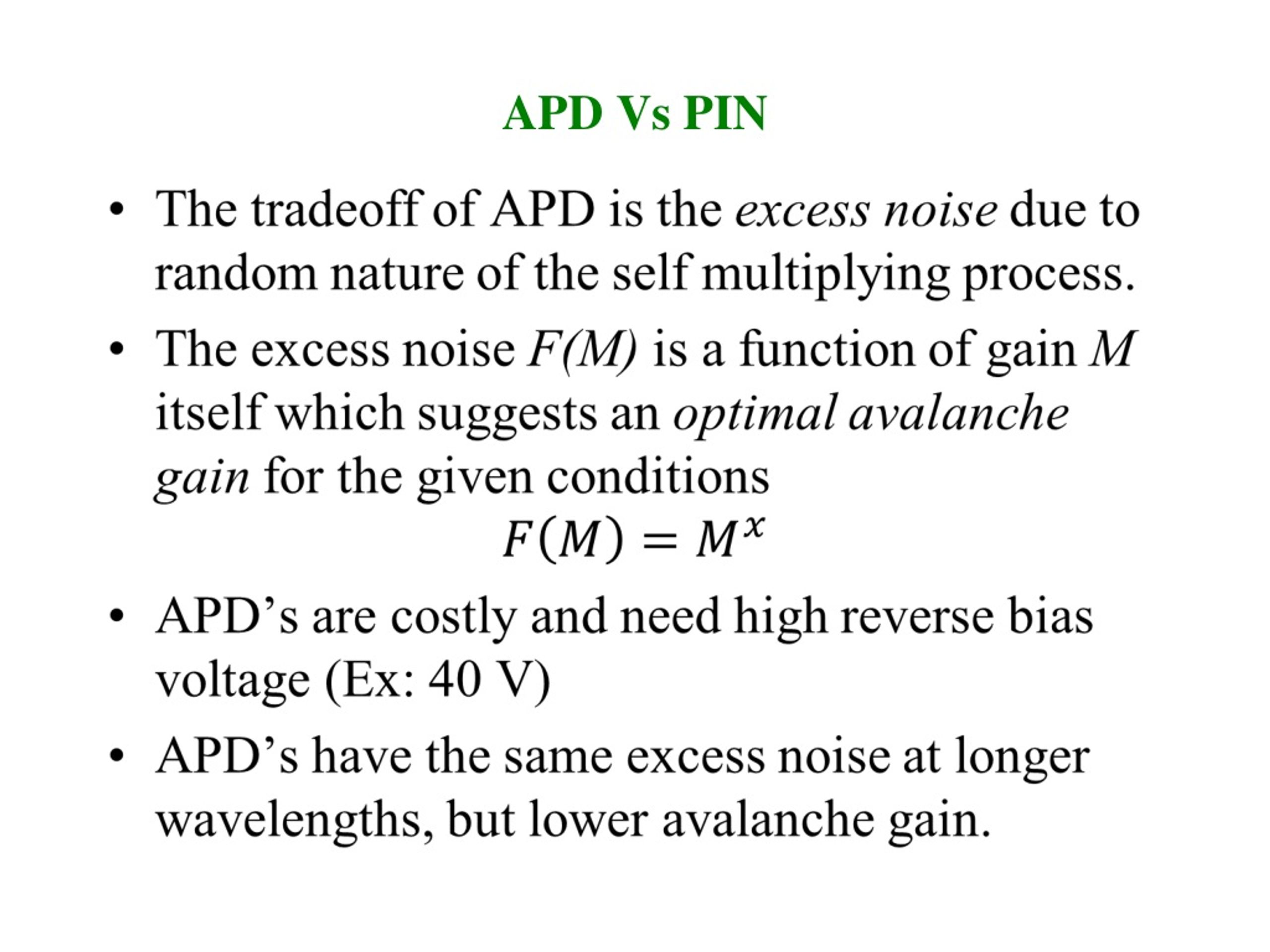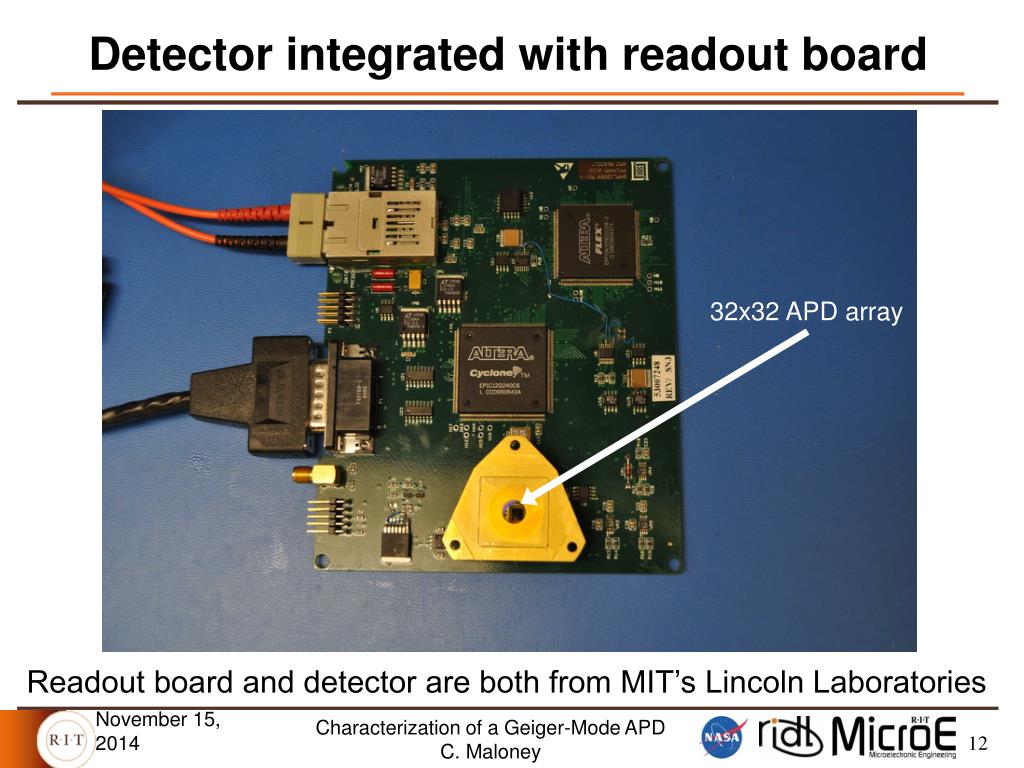
Seidman, “Heterodyne and photon-counting receivers for optical communications”, Appl. Hybrid photomultipliers (see the article on photomultipliers) are essentially consisting of a vacuum tube with an integrated avalanche diode they offer the combination of some beneficial features of photomultipliers and avalanche diodes, in particular a high speed, a high pulse height resolution and a compact setup.įor longer wavelengths, sum frequency generation in a nonlinear crystal allows one to upconvert the photons to the visible spectral range, followed by detection with a silicon APD.Ī less common approach is to use a superconducting single photon detector. Their quantum efficiency is lower than that of silicon devices in the visible spectrum, but higher than for IR photomultipliers.Ĭount rates are typically limited to a few megahertz, or more for silicon APDs.

timing jitter is some tens of picoseconds.įor longer wavelengths in the near-infrared region, devices based on indium gallium arsenide (InGaAs) and indium phosphide (InP) or germanium (Ge) are used. Silicon-based APDs are used between roughly 3 nm and can reach dark count rates of only a few hertz.Ī typical r.m.s. The dark count rate can be strongly reduced by cooling the diode, but this can increase the rate of after-pulses caused by trapped electrical carriers. Here, the applied reverse voltage is slightly above the avalanche breakdown voltage.Īn electron can then be triggered by a single photon, and must be stopped by lowering the voltage for a short time interval, which determines the dead time.ĭepending on the wavelength, the quantum efficiency can be well above 50%. They are then called single photon avalanche diodes (SPADs). Photon counting performance can also be implemented for imaging devices by using image intensifiers, which are usually based on a microchannel plate behind a photocathode.Īvalanche photodiodes (APDs) can be operated in the Geiger mode for photon counting. The quantum efficiency can reach several tens of percent in the visible spectral region, whereas devices for infrared light achieve quantum efficiencies of at most a few percent.
Particularly with a cooled photocathode, such a device can have a very low dark count rate. The classical way of photon detection is to use a photomultiplier tube.

with TTL format) for each registered photon, rather than an analog signal with fluctuations.įor that, they may use some kind of electronic discriminator, which e.g. Photon counters often contain electronics which produce a digital output pulse (e.g. It is also possible to register coincidences between two or more detectors this is very important for many experiments in quantum optics. It is then possible to register single photon absorption events, rather than measuring an optical intensity or power. Some kinds of photodetectors are so sensitive that they allow the detection of single photons. How to cite the article suggest additional literature German: Photonenzählung, EinzelphotonendetektionĬategories: photonic devices, light detection and characterization, optoelectronics, quantum optics

Using our ad package, you can display your logo and further below your product description.ĭefinition: photodetection at low light levels where single photon absorption events are counted


 0 kommentar(er)
0 kommentar(er)
